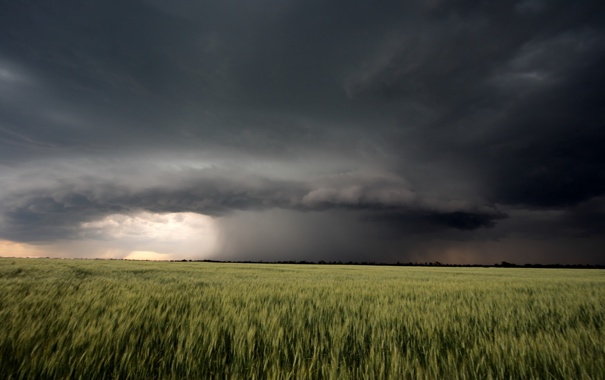Canada: Climate change-severe weather link studied

The discovery by scientists of a record-breaking hailstone in Alberta was part of an initiative to better understand severe weather in Canada during an era of climate change, potentially improving forecasts that could help producers.
“These are the questions that this project is trying to determine — essentially, is climate change causing these things, or is this just common in Canada?” said Francis Lavigne-Theriault, field co-ordinator for the Northern Hail Project.
The five-year initiative was recently launched by Western University. Although it plans to expand the project next year across Canada, it started this year by studying Alberta’s hailstorm alley, a region near the province’s foothills that roughly runs from Whitecourt south to High River near Calgary.
However, lack of verified evidence means it is unclear how frequently large hail occurs in Canada, said Lavigne-Theriault. “Most people just take a picture for social media and then they toss it back.”
Western University’s Northern Tornadoes Project faces a similar problem. A researcher analyzed information across Canada dating back to the 1980s and found that official tallies had likely missed 232 tornadoes, said Lavigne-Theriault.
Besides improving forecasts, one potential benefit of such research from the point of view of insurers is improving estimates of the risk of damage from severe weather, he said. Such data is used to calculate insurance premiums.
Researchers from the Insurance Institute for Business and Home Safety in the United States were slated to visit Canada to do 3D scans of 10 of the largest hailstones collected by the Northern Hail Project. Scientists also planned to do transects of the stones in the lab, said Lavigne-Theriault.
“And with transects, we’ll be able to study the growth rings in these stones and do chemistry analysis so we can know what kind of environment causes these really large stones and that’s something that isn’t really studied in Canada.”
Alberta’s Rocky Mountains and foothills favour the formation of supercells, which can spark thunderstorms that can cause hail, he said. Increased surface heating due to climate change could potentially boost the amount of moisture for large hail, he added.
“But it’s a really complex question, unfortunately, so actually having more moisture in the atmosphere doesn’t mean that you have more severe weather. In fact, if you have more moisture, then you have more precipitation loading in the storms, so they would tend to have more heavy rainfall events rather than large hail, so it can be detrimental for large hail and tornadoes.”
The full impact of geography on hailstorms is also unclear, said Lavigne-Theriault. Vehicles were hit by baseball-sized hail Aug. 1 northeast of Innisfail near Antler Hill, which is said to be the highest point on Highway 2 between Calgary and Edmonton. It is east of where the record-breaking hailstone was found.
Read also
Wheat in Southern Brazil Impacted by Dry Weather and Frosts
Oilseed Industry. Leaders and Strategies in the Times of a Great Change
Black Sea & Danube Region: Oilseed and Vegoil Markets Within Ongoing Transfor...
Serbia. The drought will cause extremely high losses for farmers this year
2023/24 Safrinha Corn in Brazil 91% Harvested
Write to us
Our manager will contact you soon



